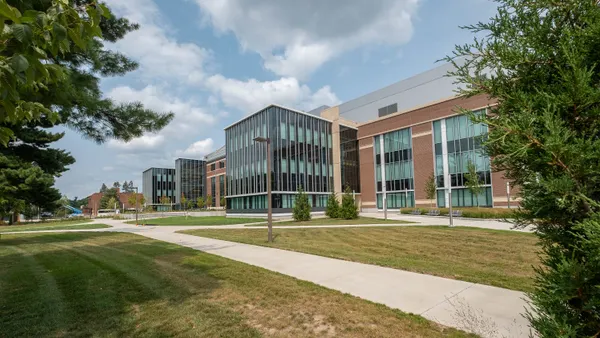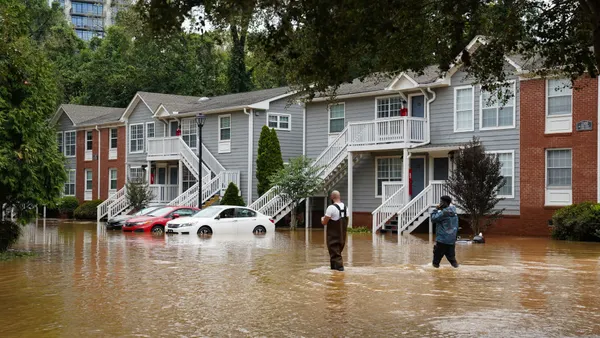An energy-efficient home does more than slash one homeowner’s heating and cooling bills. It can also contribute to job creation, better health and safety, and cleaner air.
Three recent studies highlight the importance of energy efficiency in housing, and point to how little of it exists, especially in affordable price ranges. While the studies examined the use of energy efficiency in affordable housing, their findings could apply to mainstream homebuilding as well.
The price tag
Habitat for Humanity’s 2015 Shelter Report offers some ideas for boosting the use of energy efficiency in homebuilding, and many of them involve financing and government regulations.
The 44-page report says low-income families could benefit the most from living in homes with lower energy bills, but notes that those households are the least likely to be able to afford the upgrades their homes or apartments need to make them more efficient.
Low-income Americans, the report says, spend between 17% and 50% of their incomes on energy, while everyone else spends an average of 4%. That’s because many poorer renters and owners live in older homes with too little insulation, old appliances, and outdated HVAC systems.
Even tenants who could afford to upgrade their drafty, single-pane windows to double-pane models or replace a decades-old air conditioner with a more efficient new device might not find the investment worth it in homes they don’t own. And their landlords have little incentive to improve the property’s efficiency because the tenants are paying the energy bills.
The study pointed to the need for a national energy-awareness campaign that would target distressed communities. Its authors also support government financing for energy efficiency and advocate for programs that target multifamily and public housing “for big returns from investments in energy efficiency.”
The savings
Tenants who live in energy-efficient apartments pay $54 a month less for electricity than those who live in leaky, poorly insulated multifamily housing, according to a year-long study by the Center for Housing Research at Virginia Tech.
It’s no surprise, then, that those who live in energy-efficient apartments use up to 40% less energy than their neighbors who don’t.
The study analyzed electricity use by Virginia affordable housing residents, but its lessons can apply to markets across the country.
“What should be applicable to all markets is using energy efficiency standards in construction will save cost, plain and simple,” Andrew McCoy, the Center’s director, told EarthCraft News, which advocates for green construction.
Like Habitat’s study, this one pointed to the need for more education of residents, which could alter energy-wasting habits.
The downside
Energy-efficient homes trap air and moisture better than drafty dwellings, and that might not be the best thing for asthma sufferers, a British study reveals.
The UK study of affordable housing communities shows that stale air trapped indoors can accumulate allergens unless the home is properly ventilated. In some low-income buildings, it noted, ventilation isn’t up to standards.
And again, an educated tenant could be the healthiest one: “Learning to properly maintain an energy-efficient home might be the ticket to lower energy bills and a clean bill of respiratory health,” according to a commentary about the study by University of Florida Health.












